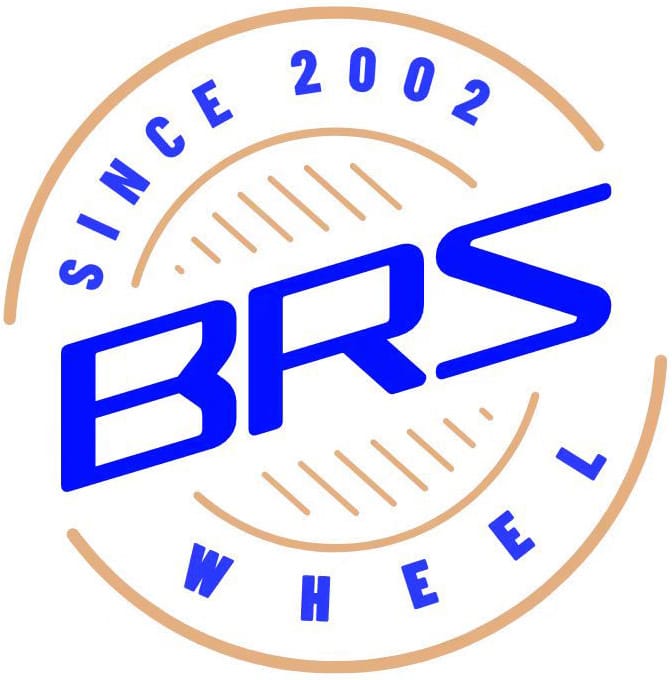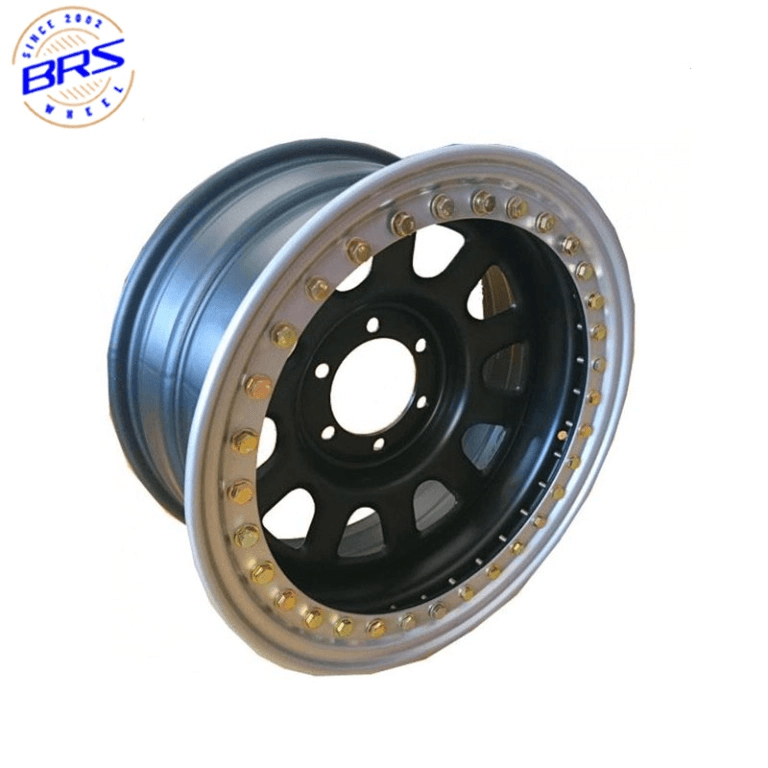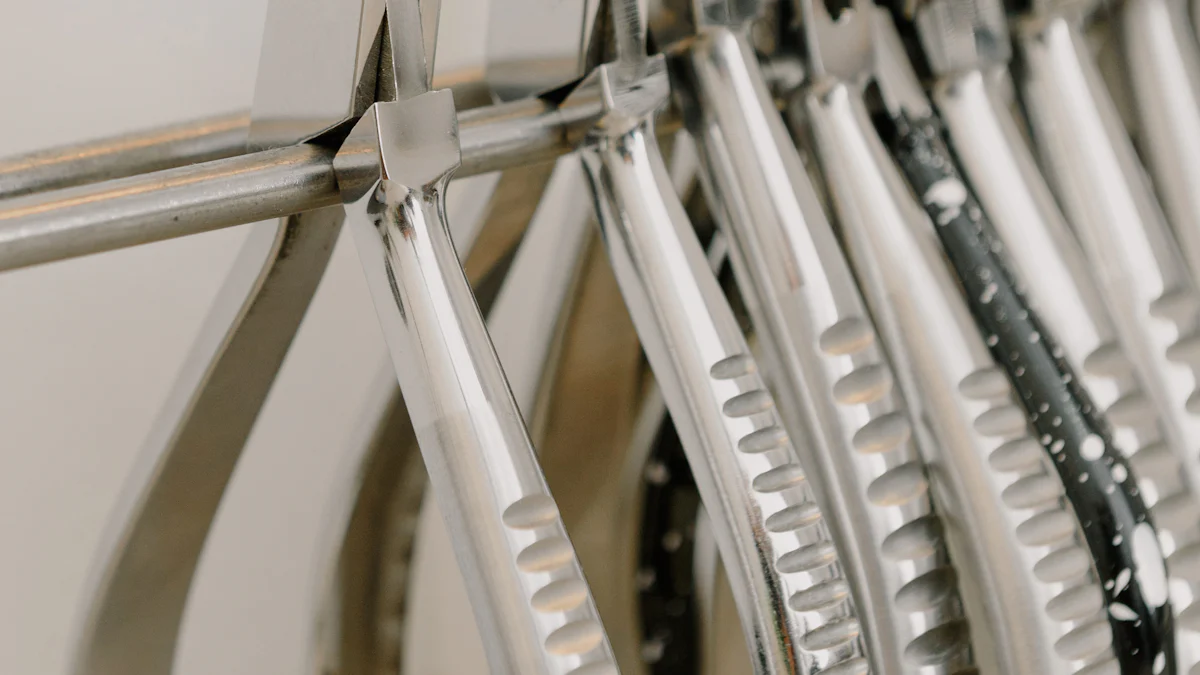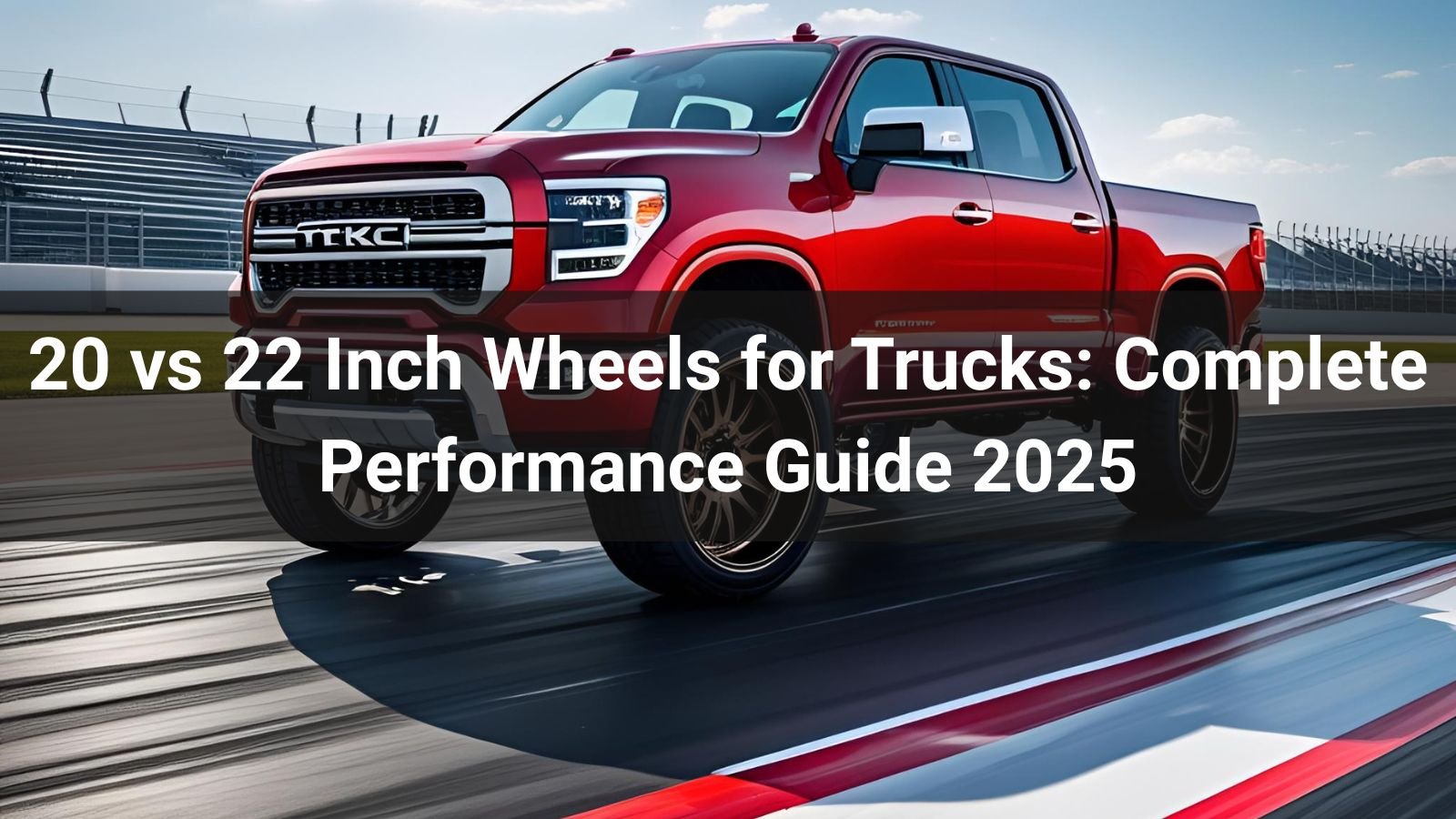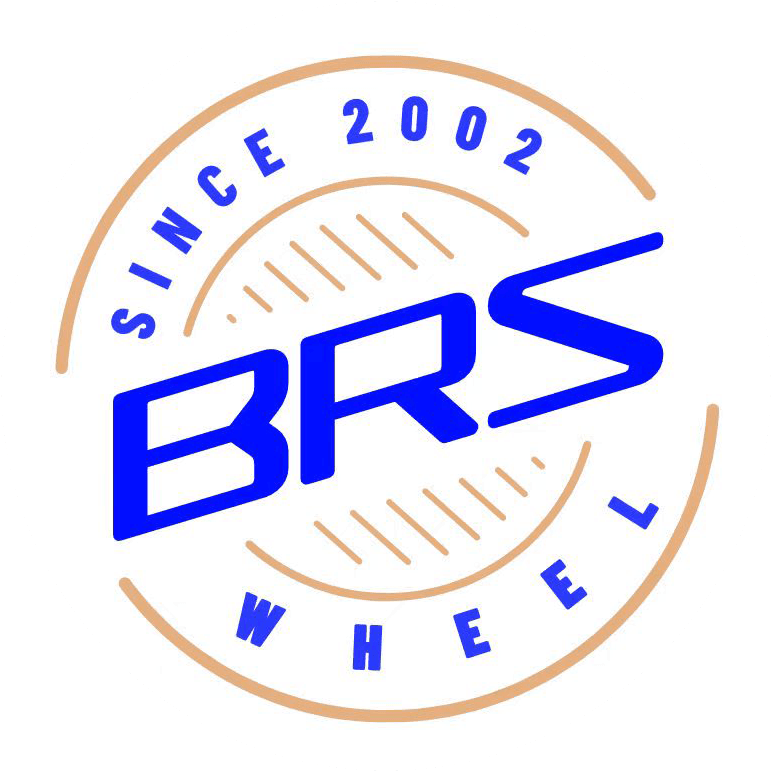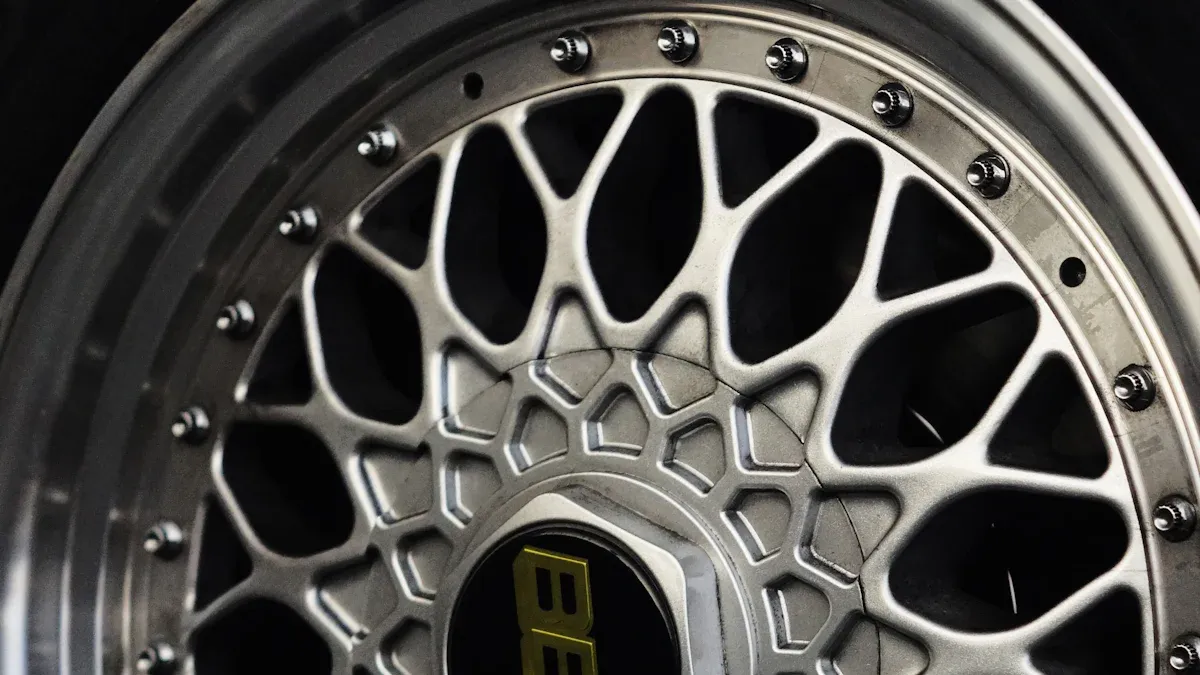
Many people think Stahlfelgen and wheels are the same, but they are not. The rim is the outside part of the wheel. People use the rim to measure the wheel size. The wheel holds the rim and connects the tire to the car. The wheel also helps move power from the car to the road. It is important to know the difference. Your choice affects how strong, cheap, and fuel-saving your car is. Steel rims, like BRS steel trailer wheels, are very strong. They work well for Landwirtschaftliche Felgen und Anhängerräder aus Stahl. BRS steel trailer wheels are good for heavy loads and daily driving.
Key Takeaways About Steel Rims and Wheel Differences
Understand that rims and wheels are different. The rim is the outer part that holds the tire, while the wheel includes the rim and other components.
Choose steel rims for strength and durability. They are ideal for heavy loads and rough driving conditions, especially in winter.
Consider the cost. Steel rims are generally cheaper than alloy wheels, making them a budget-friendly option for many drivers.
Evaluate your driving needs. Steel rims are better for off-road and heavy-duty use, while alloy wheels offer lighter weight and more style options.
Look for special coatings on steel rims to prevent rust. Regular cleaning and maintenance can help them last longer.
Steel Rims and Wheels
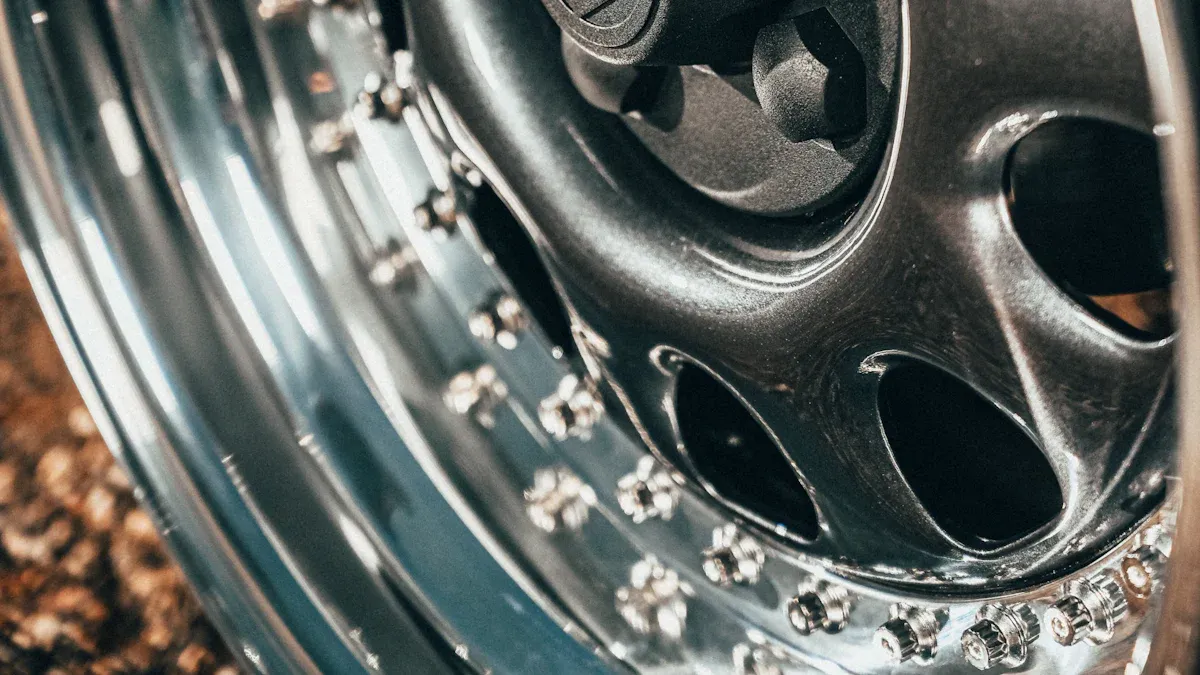
What Is a Rim and Its Role in Vehicle Structure
A rim is the outside edge of a wheel. It keeps the tire in place. The rim connects the tire to the wheel. Rims can be single-piece or multi-piece. Single-piece rims use one solid material. Multi-piece rims use more than one material. Most rims are made from steel or aluminum. The rim helps the tire stay on and links the wheel to the car’s hub.
Tip: Rims help keep the tire safe while you drive.
Automotive wheel rims hold the tire and attach the wheel to the hub.
Rims can be single-piece or multi-piece.
Single-piece rims are made from one solid piece.
Multi-piece rims use different materials like steel and aluminum.
What Is a Wheel and How It Differs from a Rim
A wheel is the round part that turns and moves the car. It has the rim and other parts like the hub and spokes. Wheels can be made from steel, aluminum, or magnesium alloys. The wheel holds the tire and sends power from the engine to the road. Wheels come in many shapes and sizes for different cars.
Merkmal | Stahlfelgen | Wheels |
|---|---|---|
Material | Alloy of iron and carbon | Many materials like aluminum and magnesium alloys |
Gewicht | Schwerer | Lighter (especially aluminum) |
Dauerhaftigkeit | Stronger and easier to fix | Not as strong as steel rims |
Ästhetische Optionen | Fewer spoke choices | More looks to pick from |
Schlagzähigkeit | Better at handling cracks | Not as good at resisting cracks |
Kosten | Usually cheaper | Often costs more than steel |
Winter Driving Suitability | Used more in winter because they are tough | Not used as much in winter |
How Steel Rims Fit Into the Wheel Assembly Design
Steel rims are the base for many wheels. They give strength and help the tire stay steady. Steel rims are made from carbon steel, so they last longer. These rims work well for big vehicles, trailers, and cars that need extra support. Steel rims help the wheel handle rough roads and heavy loads. BRS Steel Rims have strong designs and holes for air to make driving safer. They hold the tire and help the car drive better. Many drivers pick steel rims because they are strong and save money.
Steel Rims: Pros and Cons Every Driver Should Know
Advantages of Durable and Affordable Steel Rims
Steel Rims give drivers many good things. They are strong and last a long time. BRS Steel Rims have extra ribs and holes for air. These help the rims stay cool and tough. Drivers like Steel Rims for winter roads. They work well in snow, ice, and salt. New Steel Rims have special coatings to stop rust. This helps them last longer in bad weather.
People who carry heavy things or drive on bumpy roads trust Steel Rims. The rims do not crack or bend easily. This makes them safe for trailers, trucks, and cars. BRS Steel Rims come in many sizes and looks. You can get powder-coated, galvanized, or chrome finishes. This means you can pick what matches your car.
Note: Steel Rims need little care and work well every day.
Steel Rims help save money. They cost less than alloy wheels. For example, steel wheels cost about AED 600 to 800. Alloy wheels of the same size cost AED 800 to 1000. Drivers get strong rims without spending more.
Disadvantages of Heavy and Basic Steel Rims
Steel Rims have some bad points too. They are heavier than alloy wheels. The extra weight can use more fuel and change how the car drives. Some people think Steel Rims do not look as nice as alloy rims. The simple style gives fewer choices for a special look.
Disadvantage | Beschreibung |
|---|---|
Gewicht | Steel rims are heavier than alloy wheels, which can negatively impact vehicle performance. |
Corrosion susceptibility | Steel is prone to rust and corrosion, especially when exposed to moisture and dirt. |
Aesthetic appeal | Steel rims are often viewed as less stylish compared to alloy rims, making them less desirable. |
Steel Rims can get rusty if not coated, mostly in wet or salty places. BRS Steel Rims have special coatings to stop rust and keep them looking good.
Alloy vs Steel Rims — Comparing Performance, Cost, and Style
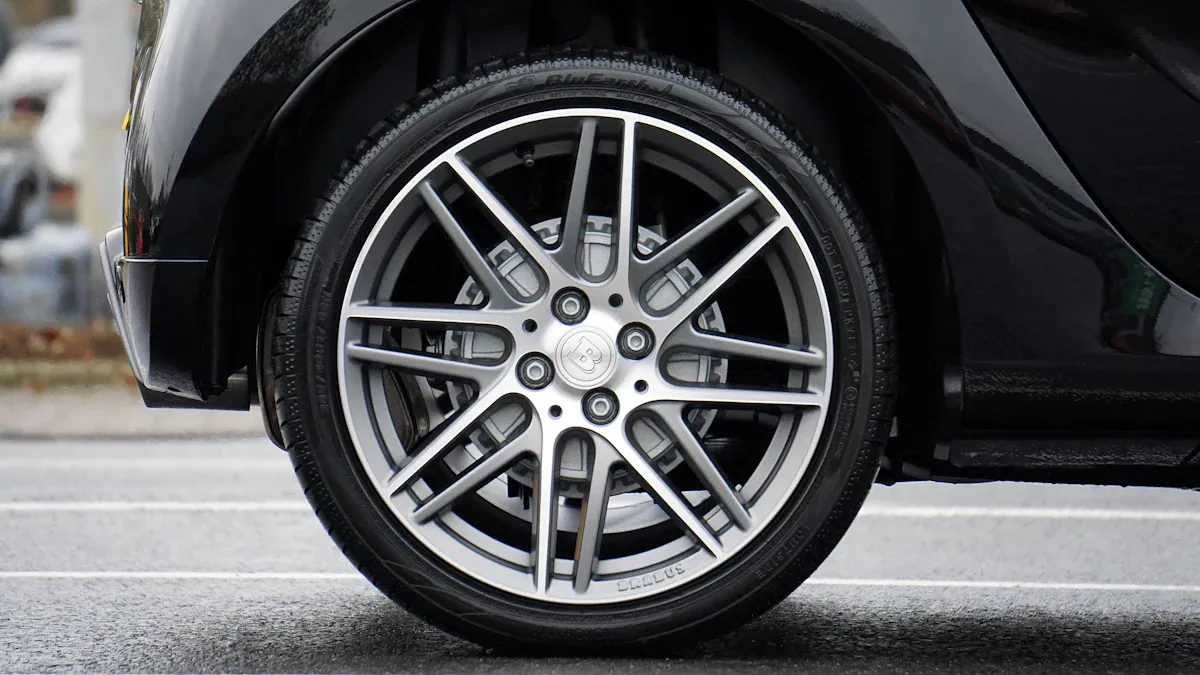
Alloy Wheels Overview and Key Features for Modern Vehicles
Alloy wheels use a mix of metals, usually aluminum or magnesium. These wheels are lighter than most steel wheels. Many drivers choose alloy wheels for their modern look and improved performance. Alloy wheels come in many shapes and sizes. Car makers often use them on sports cars and luxury vehicles. The lighter weight helps cars handle better and use less fuel.
Performance Comparison Between Alloy and Steel Wheel Types
When comparing performance, several differences stand out between alloy wheels and steel rims:
Alloy wheels weigh less than steel rims. This lighter weight helps cars accelerate faster and stop more quickly.
Lighter wheels improve fuel efficiency. Studies show that a 10% drop in wheel weight can boost fuel economy by up to 2%.
Alloy wheels move heat away from brakes better than steel rims. This helps brakes work well during hard stops or long drives.
Steel rims handle direct hits better. They bend instead of cracking, which can be safer in rough conditions.
Alloy wheels offer more design choices, but they can get damaged more easily on rough roads.
Tip: Lighter wheels help cars use less fuel and handle better, but steel rims give extra strength for tough jobs.
Cost and Maintenance Differences in Alloy vs Steel Rims
Cost and upkeep matter to many drivers. Here is how alloy wheels and steel rims compare:
Steel rims cost less to buy and fix. They are a good choice for drivers who want to save money.
Alloy wheels cost more. Repairs can be expensive, especially if the wheel cracks or bends.
Steel rims are easier to repair after small dents. Many shops can fix them with simple tools.
Alloy wheels may need full replacement if they suffer serious damage. Some repair methods can weaken the metal.
Both types can rust or corrode, but alloy wheels resist rust better. Special coatings on steel rims, like those from BRS, help prevent rust and keep them looking new.
Style and Appearance Comparison for Custom Wheel Enthusiasts
Style plays a big role in wheel choice. Alloy wheels lead in design options. They come in many finishes, colors, and shapes. Drivers can pick from matte, chrome, or even two-tone looks. Some alloy wheels have smart features like sensors or LED lights. Larger wheel sizes, such as 20 inches or more, are popular for their bold look.
Steel rims focus on strength and value. They work well for winter driving and heavy loads. BRS Steel Rims offer powder-coated, galvanized, and chrome finishes for a custom look. While steel rims have fewer style choices, they remain a top pick for drivers who want durability and simple care.
Felgenart | Beschreibung |
|---|---|
Stahlfelgen | Durable and affordable, ideal for harsh conditions and winter driving. |
Leichtmetallfelgen | Lightweight and stylish, improving performance and fuel efficiency. |
Chrom-Felgen | Shiny and reflective, adding a classic look but requiring maintenance. |
Forged Rims | Strong and lightweight, often used in high-performance vehicles. |
Mesh Rims | Vintage design making a comeback in modern sports vehicles. |
Deep Dish Rims | Wide outer lip creating a dramatic look, favored in custom cars. |
Satin Black Rims | Matte black finish offering a sleek look. |
Note: Alloy wheels offer more style choices, but steel rims provide lasting value and strength for daily use.
Steel Rims Comparison Table
Brand and Material Differences
Many brands make steel rims. Each brand has its own strengths. Some brands care about high performance and new ideas. Other brands want to keep prices low. The table below shows how top brands are different:
Marke | Focus Area | Stärken |
|---|---|---|
Mitsubishi Steel Manufacturing | High-performance steel rims | Advanced manufacturing, innovation, quality assurance |
Zhengzhou Steel Group | Cost efficiency and availability | Large-scale production, competitive pricing |
BRS | Durability and customization | Reinforced design, multiple finishes, global reach |
Steel rims use strong materials like carbon steel. This material does not bend or crack easily. It is good for heavy-duty jobs. Aluminum wheels are lighter but can crack more.
Weight and Durability Comparison
Weight and durability change how wheels work. Steel rims weigh more than alloy wheels. The table below shows average weights:
Felgenart | Size (inches) | Average Weight (kg) |
|---|---|---|
Stahl | 13 | < 6 |
Stahl | 16 | 8 – 9 |
Stahl | 17 | ~ 11 |
Alloy | 16 | 6 – 9 |
Steel rims are very tough and hard to break. They almost never crack or bend, even on rough roads. Alloy wheels help cars handle better but may break if hit hard.
Tip: Steel rims are easier to fix than alloy wheels. This makes them good for long-term use.
Price and Value Analysis
Price is important for many drivers. Steel rims cost much less than alloy wheels. For example, steel wheels for a Hyundai i20 cost about 1,000 rupees each. Alloy wheels for the same car can cost up to 12,000 rupees each. Steel rims are usually 70-80% cheaper.
Metric | Stahlfelgen | Legierte Räder |
|---|---|---|
Kosten | Inexpensive | More expensive |
Gewicht | Schwerer | Feuerzeug |
Dauerhaftigkeit | Durable and easy to repair | More resistant to rust |
Leistung | Basic performance | Enhanced handling and braking |
Aesthetics | Practical appearance | Aesthetically pleasing |
Wartung | Leicht zu pflegen | Requires more care |
Steel rims are a good choice for drivers who want strong wheels and easy repairs.
Appearance and Application Scenarios
Steel rims do not have as many finishes or designs as alloy wheels. Most steel rims come in simple colors and styles. Alloy wheels have many finishes like chrome, matte-black, and custom colors. They also have more spoke designs.
Merkmal | Stahlfelgen | Legierte Räder |
|---|---|---|
Ausführungsoptionen | Limited finishes available | Wide variety of finishes available |
Gestaltungsvielfalt | Fewer designs and styles | Greater variety of spoke designs |
Color Options | Begrenzte Farboptionen | Available in various colors |
Steel rims are used in passenger cars, trailers, and work vehicles. They are good for carrying heavy loads and driving on rough roads. Many car makers use steel rims to save energy and lower costs. Cities and developing countries use steel rims a lot because they are strong and cheap.
Choosing Steel Rims or Alloy
Budget Considerations for Wheel Selection
When drivers choose between steel and alloy wheels, budget plays a big role. Experts suggest looking at both the initial price and long-term value.
Alloy wheels cost more but can improve gas mileage and give a car a modern look.
Steel wheels are more affordable and last longer, but they weigh more and have a simpler style.
Drivers should think about how much they want to spend now and how much they might save later.
Tip: Weigh the benefits of better looks and performance against the cost and durability.
Evaluating Different Driving Conditions Needs
Different roads and uses affect which wheel works best. The table below shows how steel and alloy wheels perform in various conditions:
Merkmal | Stahlfelgen | Legierte Räder |
|---|---|---|
Dauerhaftigkeit | Withstands impacts, easy to repair | Can crack under hard impacts |
Gewicht | Schwerer | Feuerzeug |
Off-road suitability | Best for rough terrain | Risk of cracking off-road |
Urban driving | Reliable but heavier | Preferred for city driving |
Drivers who travel on rough roads or off-road should pick steel wheels. These wheels can handle bumps and can be fixed if bent. Alloy wheels work well in cities where roads are smooth.
Style Preferences and Customization Options
Style matters to many drivers. Alloy wheels come in many designs, colors, and finishes. They look modern and can match any car style. Steel wheels have fewer choices, but brands like BRS offer powder-coated, galvanized, and chrome finishes. These options let drivers pick a look that fits their vehicle while keeping strength and value.
Alloy wheels: Many styles and finishes, lighter, more expensive.
Steel wheels: Fewer designs, strong, budget-friendly, easy to repair.
Practical Tips for Making the Right Choice
Automotive professionals recommend checking a few things before buying new wheels:
Know the size, weight, and design that fit your car.
Check your vehicle’s load index and speed rating.
Pick lighter wheels for better handling and fuel use, or heavier wheels for more strength.
Think about how wheel size affects braking and driving.
Drivers who need tough wheels for heavy loads or off-road trips can trust BRS Steel Rims. Those who want a stylish look and better handling may prefer alloy wheels.
Steel rims and wheels are different in many ways. They do not cost the same. Steel rims are strong and easy to take care of. Alloy wheels are lighter and look more sporty. People of all ages like different wheel styles and grip. Some want wheels that last a long time. Others want wheels that look cool or help the car go faster. BRS Steel Rims are known for being safe and well-made. Many customers trust them and are happy with their choice.
Faktor | Stahlfelgen | Legierte Räder |
|---|---|---|
Kosten | Affordable | Teuer |
Dauerhaftigkeit | Very durable | Less durable |
Gewicht | Schwerer | Feuerzeug |
Wartung | Simple upkeep | Needs care |
Drivers should pick what works best for them. BRS Steel Rims are a good choice for many drivers.
FAQ
What is the main difference between a rim and a wheel?
A rim is the outer edge that holds the tire. A wheel includes the rim, spokes, and hub. The wheel connects to the car and helps it move.
Are steel rims better for winter driving?
Steel rims work well in winter. They resist damage from snow, ice, and salt. Many drivers choose steel rims for cold weather because they are strong and easy to repair.
Can BRS Steel Rims fit any vehicle?
BRS Steel Rims come in many sizes, from 6 to 18 inches. They fit light trucks, trailers, ATVs, and passenger cars. Always check your vehicle’s size before buying.
How do I keep steel rims from rusting?
Tip: Choose steel rims with special coatings like powder-coated or galvanized finishes. Clean the rims often and remove road salt quickly to prevent rust.
Why do some people prefer alloy wheels over steel rims?
Alloy wheels look stylish and weigh less. They help cars handle better and use less fuel. Some drivers pick alloy wheels for their appearance and performance.
